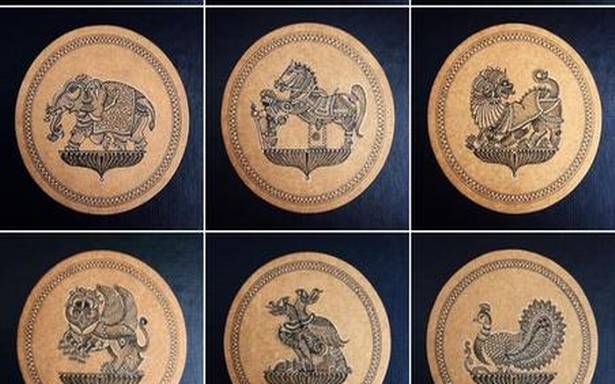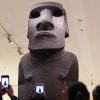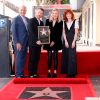ART NEWS
Motifs inspired by Dravidian temple architecture feature in this series of artworks
Motifs of fauna inspired by temple architecture make an appearance in this series of pen sketches by architect and artist, Matthew Samuel
Gandaberunda, the mythical two-headed bird, often seen as one of Lord Vishnu’s many incarnations in Hindu mythology, lies on a circular board of thick brown paper intricately etched out using a black pen. At first glance, a satisfying network of patterns is all one sees. But the motif also opens doors to history; especially that of the temple structures seen in Tamil Nadu. The gandaberunda is one of the many creatures that feature in artist and architect Mathew Samuel’s Divine Fauna, a 12-part series of sketches inspired from temple reliefs, manifested as motifs on circular boards. Hailing from Coimbatore and based out of Chennai, Matthew’s interest in temple architecture is the starting point of this personal project that came to fruition during the pandemic-led lockdowns. After completing his Civil Engineering diploma, Mathew moved on to work as an architect with Chennai-based heritage conservation firm, Conservation Mainstream for a year. “We happened to take up temple projects that lie close to the Cauvery flood planes. Since we were accompanied by historians and people who read structures to bring out layers of history, I got to know more about them,” says Mathew. His interest grew, especially in Tamil mythology and the Dravidian style of architecture. It was then that he observed that throughout history, there have been “additions and subtractions” and various versions of the same elements.“For example, the peacock, is represented in a certain way in the Chola dynasty, and more vibrantly by the Nayakas. And, it has been in constant change,” says Matthew. A lot of observation and consequent research went into this project, adds Matthew. “The entire architectural element of a temple became a large book for me to study,” he says. His first heritage conservation project was of a temple in Udayarpalayam, a small village in Jayankondam taluk, near Gangaikondacholapuram. “It dates back to the Cholas but a lot of the following dynasties did their additions to it. This is where it all started.”
Another structure that inspired him lies in Mamallapuram. “We know there are a lot of caves in Mahabalipuram, but there is this one particular cave called Mahishasura Mardini cave. The representations inside this one are out of the world,” says Matthew. The horizontal bands of etchings displaying circular elements that run along temple structures, helped him pin down a circular format to portray the motifs in. “The first work was on a bird that is not visually represented much anywhere — andril paravai. It has been mentioned in a lot of Tamil literature; in fact even contemporary Tamil movie songs mention the bird. Andril paravai is spotted in pairs, and if one dies, the other dies too,” explains Matthew. These birds appear, albeit subtly, in many temple structures.
“There are very few temple paintings, especially in the pre-Pallava era, that show the andril paravai. In the caves of Chittinavasal, in Pudukkottai, the motif can be seen on ceilings. In a few temples, it can be seen as an ornamentation around the deity or a sculptural element.” Matthew wanted to give this motif a form. After andril paravai, he moved on to parrots, peacocks and animals like the lion. Then, he started getting suggestions from others, of mythical creatures that he did not know of, like the gandaberunda. “Gandaberunda is actually the royal insignia of the Mysore royal family. After some research, I found out that the Maratha kings of Tanjore have represented gandaberunda in a different format. In Mysore royalty, it is more of a symmetrical one and in the Tanjore way of doing it, the form is not so much,” says Matthew, who is currently pursuing Heritage Management at Ahmedabad University. This facet of history, which offers multiple narratives (spanning time periods), of the same idea is what feeds Matthew’s interest. “Ultimately, I owe it all to the temples,” he concludes.To see his work visit Matthew’s Instagram page: @itsallaboutcoffeeshops











